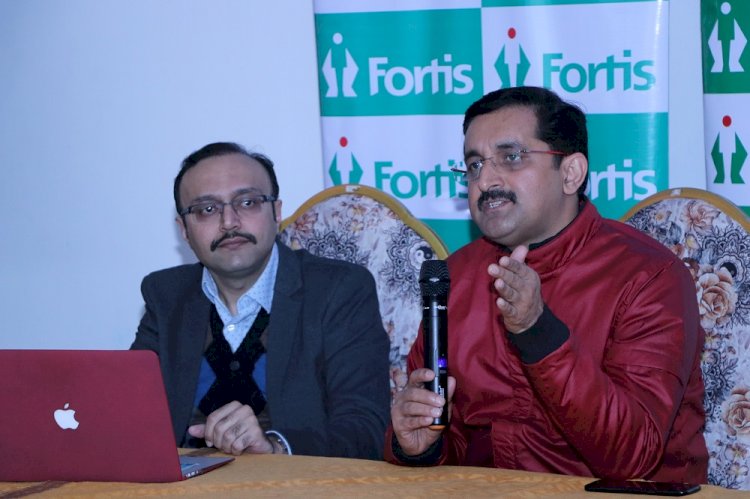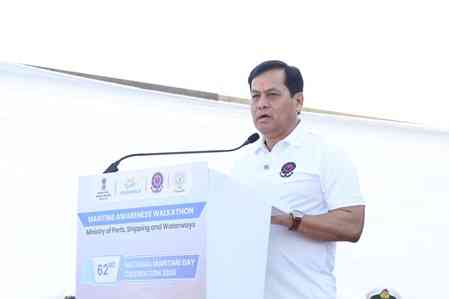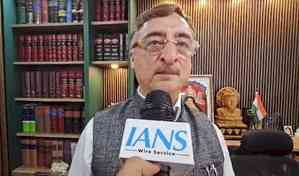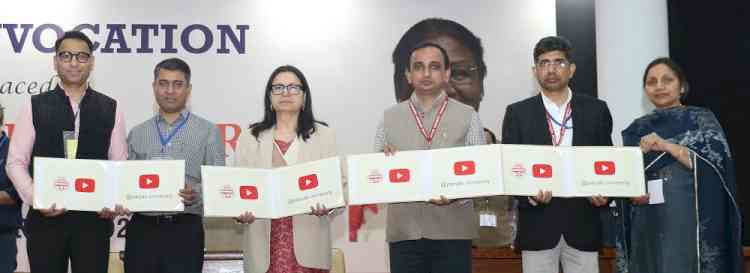Fortis Mohali introduces new video assisted minimally invasive technique
To treat lung cancer

70-year-old man successfully treated
Ambala: A team of doctors at Fortis Hospital, Mohali have introduced a new technique – Video Assisted Thoracoscopic surgery – to successfully treat a 70-year-old man from lung cancer here recently. This minimally invasive surgery is a unique and first of its kind procedure to be performed in this part of the country. The team was led by Dr Vijay Jagdish Jagad, Consultant, Surgical Oncology, Fortis Hospital, Mohali.
He said that this unique technique uses a small video camera that is introduced into the patient’s chest via a 5-6 cm small incision. The tumour is then removed through videos transmitted through a thoracoscope onto a video monitor guiding the surgeon in performing procedure. The endoscope was interested through a puncture in the chest wall situated between the ribs.
Dr Vijay Jagdish Jagad said, “The patient was diagnosed with tumour of lung. The patient was advised a diagnosis through Dotanoc Pet Scan, which revealed lesion confined to the left lung. If left undiagnosed and untreated, then it could have spread to his brain, liver and bones and harmed him immensely. Patient was advised to undergo VATS left upper lobectomy. The surgery went on successfully and everything went on smooth. Patient was discharged on fifth post-operative day.”
He added that the new VATS technique has multiple advantages over open procedure. It is minimally invasive which means it is less painful, minimal loss of blood and swifter recovery. The technique also shows minimal effect on patient’s immune status which is a definite improvement over open surgery. The chances of post-operative infectious complications are lesser. VATS causes least damage to the ribs and intercostal nerves and hence post-operative lung function is maintained and it is beneficial for those who need post-operative chemotherapy or radiotherapy.
“VATS can be performed for various lung pathologies like surgical removal of a lobe of an organ and surgical removal of a lung or part of a lung for lung cancer, drainage thick-walled pus-filled cavity is present within the pleural cavity, lung reduction surgery for patients of chronic obstructive pulmonary disease, Bullectomy (Patient who develop large air-filled lung space due to chronic lung disease) etc. VATS technology causes minimal trauma and speedy recovery hence reduces the overall morbidity of the procedure,” added Dr Jagad.
He said that lung cancer remains most common cause of cancer related death among men. The global incidence of lung cancer is increasing. Lung cancer is commonly diagnosed at an advanced stage where the patient presents with cough with expectoration (discharge matter from throat/lungs by coughing or hawking and spitting) or shortness of breath. Sometimes, the patient presents in a very advanced stage of the disease, where it has spread to the bones and brain. Screening is the most effective method to detect lung cancer at early stage, where a battery of certain tests can be carried out in healthy high-risk individuals. Screening for lung cancer can be performed by low dose CT scan of chest.


 cityairnews
cityairnews 








